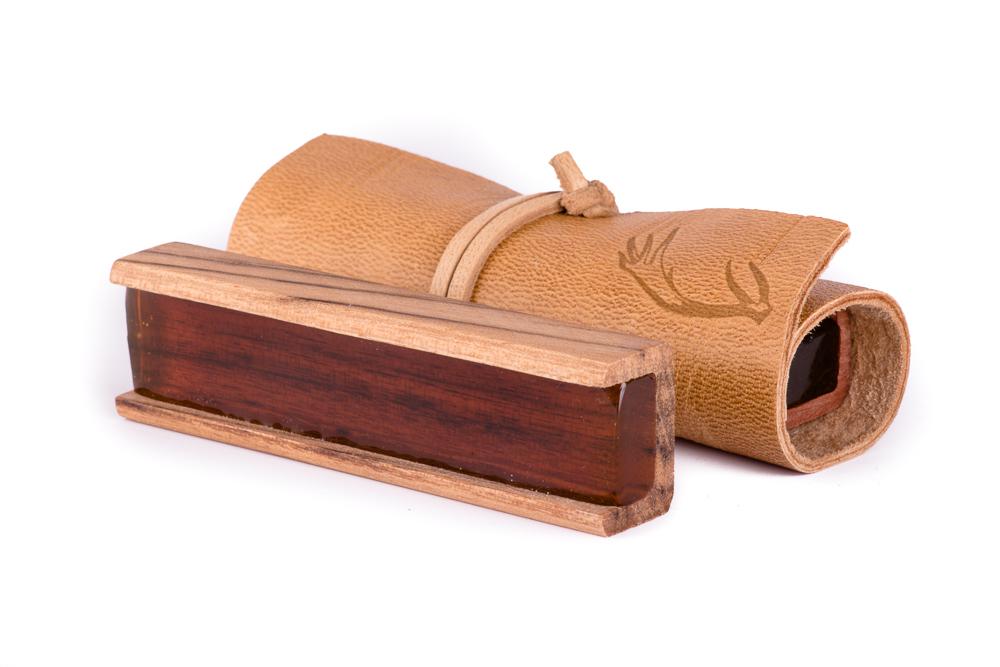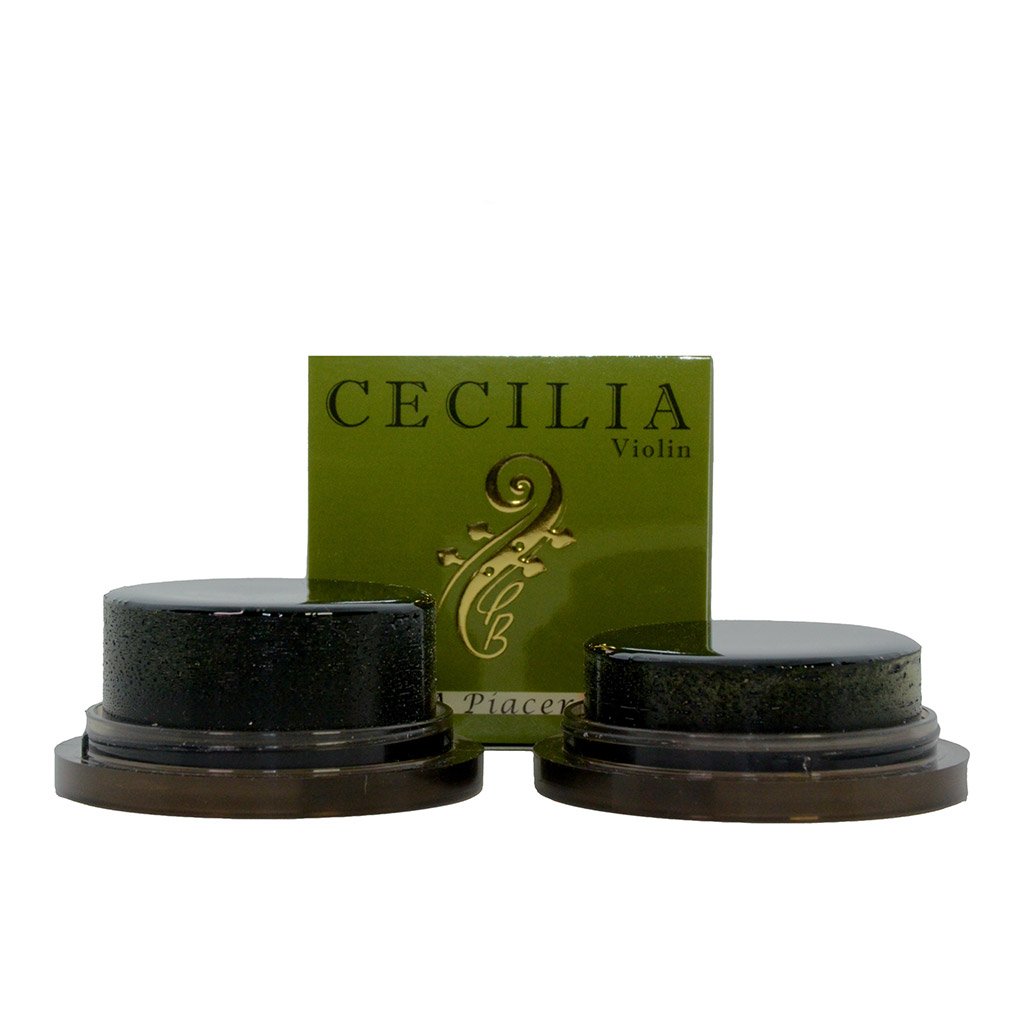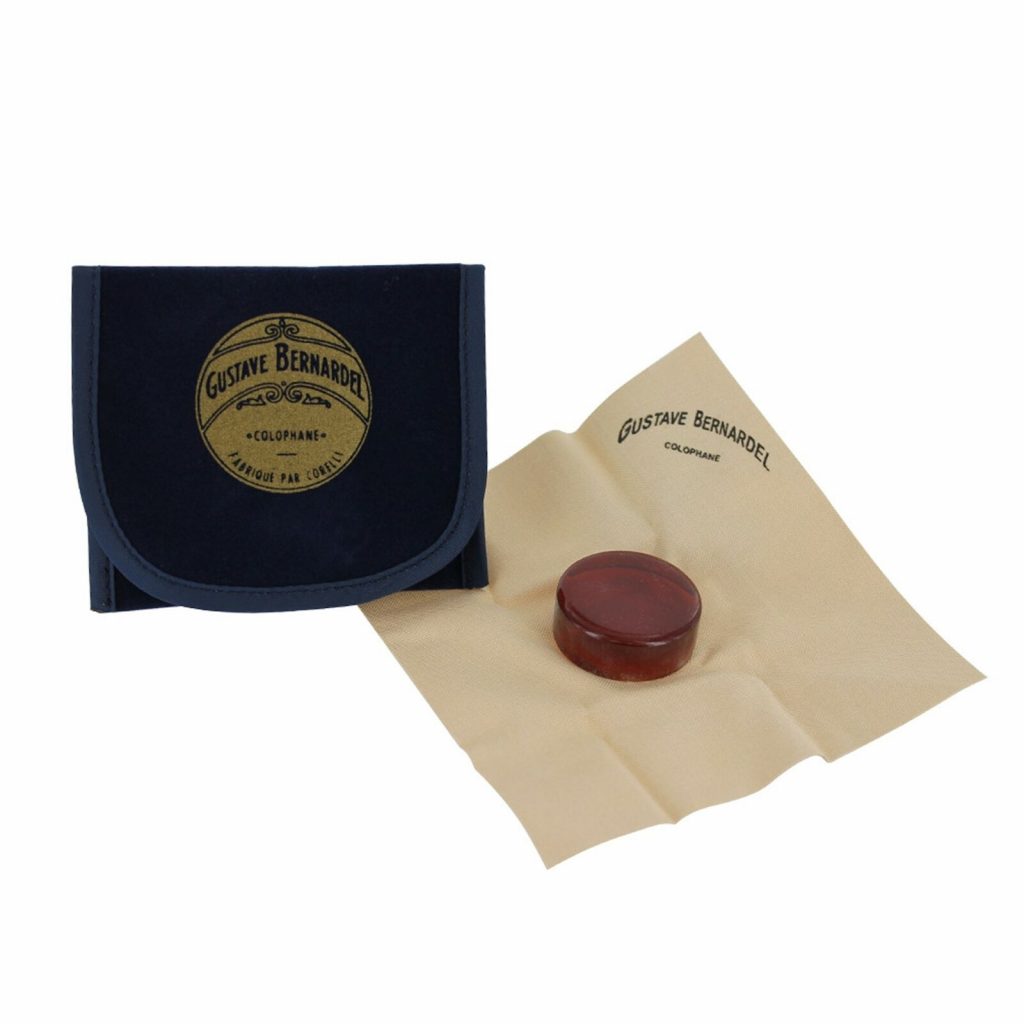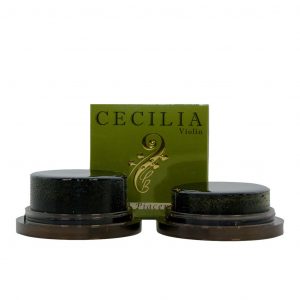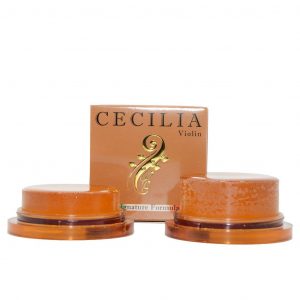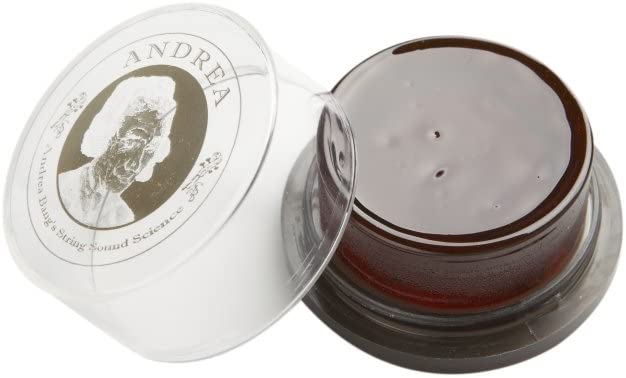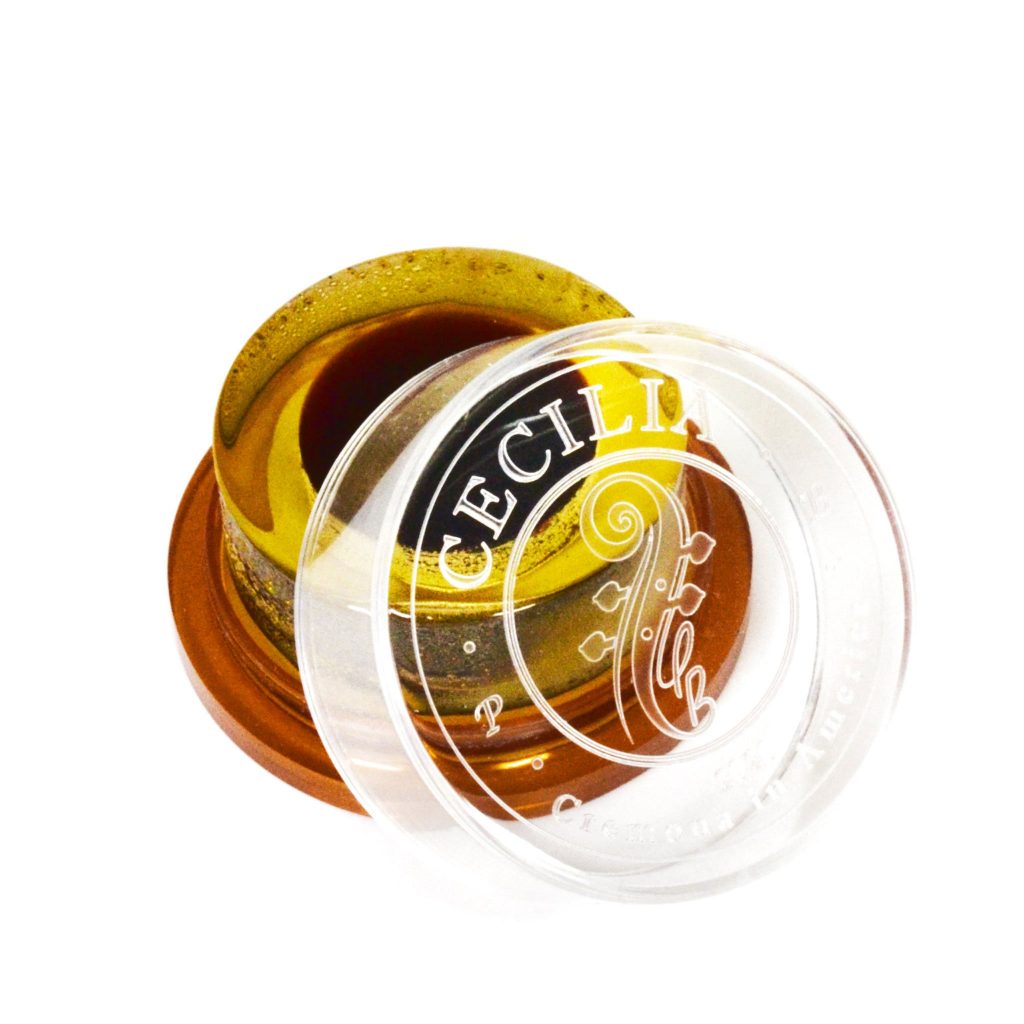6 Best quality violin rosins to buy: reviews and comparison
Do you know that rosin can substantially affect your sound, playing, and technique?
Most musicians understand the importance of rosin and know at least a few brands that perform well and make your sound better. Without rosin, there will be no adhesion and friction between the bow and the strings; therefore, it would be almost impossible to produce any sound at all.
There are many brands of rosin on the market, with lower quality products using cheaper ingredients, and higher quality products using handpicked ingredients and a more sophisticated fabrication process. In general, rosin is more affordable if it doesn’t have added ingredients, other oils, and additives. When you start to add extra elements to the rosin, it will sound better but will increase in price. We will review here six of the best violin rosins that can help you to perform better.
What is rosin?
Rosin is a solid form of resin mainly derived from pine trees, sometimes with added ingredients; it is made by heating and boiling fresh liquid resin till it turns into a more concentrated, solid form of resin. Rosin is brittle at room temperature, but it becomes liquid when heated on a stovetop. Rosin creates friction and grip between the bow and the strings, making the string move and vibrate under the bow.
Types of rosins
There are two main types of rosins : dark and light rosins. Darker rosin is stickier and offers more grip, resulting in increased friction between the bow and the strings, which is very useful if you live in a dry climate. On the other hand, light rosin is smooth and provides less friction, making it more useful in a humid environment.
- Dark rosin is stickier than light rosin
- Dark rosin works better in a cold, dry environment vs. light rosin
- Light rosin works better in humid and warm conditions
- If you need more grip, consider switching to darker rosin
Rosin: combination with different strings
Often, rosin will work differently with various types of strings. Metal strings are sturdier and require more grip, while gut strings are very soft and easy to move. Depending on the strings you use, the same type of rosin might not work well on all of them.
Dust from rosin and allergies
Does your rosin generate a lot of dust? If, after a few hours of playing, you notice a cloud of dust around the bridge, this is a sign that you might want to change your rosin. Typically, cheap and old rosins can produce a lot of dust without making your sound better. And if you are allergic to rosin, you don’t necessarily need hypoallergenic rosin. Sometimes it’s enough to switch to higher quality rosin that offers less dust and better friction.


Mixing different rosins on the same bow
If you want to try out another rosin on the same bow, you will have to clean the hair with a soft cloth to eliminate any residual rosin that was there and apply a new one. Make sure to give it enough time, a few days maximum, to absorb and wear off a little residual rosin left on the hair. If you try to mix two rosins simultaneously, they may work against each other, and it will be hard to predict what may happen to your tone and sound quality.
Rosin with metal flakes
Avoid using rosin with metal flakes. These types of rosins don’t actually help in providing more friction or creating unique tonal qualities. Metal flakes are much bigger than rosin particles and do not interfere with sound whatsoever. Instead, they can get into your varnish, and it will be hard to take them out if left without cleaning for too long. Metal flakes are nothing but a clever marketing strategy used by companies to lure you into buying a new rosin recipe that is advertised as better than others. I remember my excitement when I purchased a new cake of rosin called Pirastro Goldflex, but in reality, it didn’t affect my tone at all; moreover, I consider it to be the worst rosin I ever tried! Maybe it will be different for you?
1. Leatherwood Bespoke Violin Rosin Crisp Recipe
This is my favorite rosin and the product that I currently use on my bow. The company that produces this rosin is based in Australia and specializes only in making rosin and nothing else. Let’s be clear: this company doesn’t make shoulder rests or chinrests; they are dedicated only to making rosin. I hadn’t heard much about this rosin until recently when a friend of mine shared his positive experience with it and encouraged me to try it for myself. It arrived fairly quickly (they don’t ship it from Australia; stores like Fiddlershop have this rosin in stock) and I was happy to start playing. My Mozart sounded very crisp and clean and I was quite impressed by the warm and rich sound. All attacks and accents were sharp and firm; very clean and crisp spiccato. It felt easy to play because of good traction and the sound seemed focused and polished. As I increased the pressure on the string, the sound didn’t feel overwhelmed or scratchy.
I continued playing with this rosin for a week and felt very satisfied. Would I recommend it? Definitely! What about the cost? This is where you need to decide whether you are ready to sound better or you are still uncommitted and unsure about your goals. Its price seems a little bit elevated, but it is worth it. Usually, rosin lasts for a few years, so this is not even too much of an investment. I have continued using this rosin along with a few others, and we will shortly talk about them. Let’s check them out!
2. Cecilia A Piacere Violin Rosin
This rosin, formerly known as Tartini, was first introduced in 2002. This is dark rosin. Compared to Leatherwood rosin, it is a little bit stickier but gives a more mellow sound and effortless bow control. It adds a more powerful sound, but you will need to check and try it on different strings, as it works differently on synthetic and metal strings. This is definitely a well-educated and decent choice for intermediate and professional players. This rosin has an upgraded version introduced in 2005 and we will talk about it in the next paragraph.
3. Andrea Solo Violin Rosin
This is an upgraded version of a previous Cecilia A Piacere rosin that was introduced in 2005 by Andrea Bang and was designed to give violinists a more sensitive and refined sound.
Indeed, this rosin does draw a nice polished tone that is hard to obtain with other rosins. As an added benefit for you and your instrument, this rosin does not produce dust compared to other brands and is very efficient. A cake of this rosin will probably last for 3 years. Many world-renowned string players recognize this brand and recommend it to their students. I also have it in my case and use it on my second bow.
4. Melos Light Violin Rosin
This is 100% handmade rosin, produced and derived from high-quality Greek pine-tree colophony and owned by Cristos Sykiotis, a well-known musician and cellist. This rosin is also 100% natural and doesn’t contain any chemicals or any kind of fillers.
Many of my students speak highly of this rosin and say that it made them play better. Light Melos rosin works best in humid weather. It helps to feel the bow better, making it more responsive by improving friction and tone smoothness. I also like this rosin since it provides well-rounded, articulate sound. This would be a very good choice for beginner and intermediate players. Compared to “Andrea” rosin, this rosin does produce a little bit of dust, so remember to clean your instrument after practice.
5. Cecilia Sanctus Violin Rosin
This truly unique rosin combines two different recipes in a single cake. As you can see it has an outer and inner parts with different colors. The inner part is darker and provides a more mellow and rich, smooth sound, while the outer part has a harder and drier texture, providing you with a more crisp and clear sound. I honestly haven’t tried this rosin yet, but I’ve heard many positive reviews from my fellow violinists and friends. The concept of having two different formulas in one cake is very interesting and I am tempted to try it as soon as I rehair my bow and change my strings. Definitely recommended by many string players!
Bernardel Rosin for Violin Viola or Cello - Amber
Bernardel Rosin – Amber is an excellent choice for beginner and intermediate students. Bernardel is a widely recognized brand in the music world established by Gustave Bernardel (1832-1904), who created the formula of this rosin more than 100 years ago. It is handmade and produced from the first sap of high-quality selected pine trees.
This is very decent rosin, but it lacks character and I consider it to be the basic choice for beginners. There is nothing wrong with it, except that we can find better formulas like Leatherwood or Cecilia rosins. If you are in the beginning of your violin journey, this rosin will be great for you!
Final thoughts
To be fair, rosin can be a controversial topic for many musicians. It is always a personal choice and not a standard. Remember that rosin is not a magic powder that will make you a prodigy. Rosin enhances your playing and can also make it easier for you to achieve technical and musical goals. My advice is to try at least two or three different brands of rosins so you can hear the difference and choose the best one. Sometimes even good rosin may sound awful in improper conditions. The rule of thumb here is to use an adequate amount of rosin and not to over-rosin your bow, which can contaminate your sound. Also, remember that dark and light rosins are intended to use in different climates.
Rosin does make a difference in your sound and may be the way to fix your tonal issues instead of changing strings.
As for me, I can definitely say that Leatherwood, Andrea, and Melos rosins will be staying in my case.
How to hold a violin bow for beginners- read here
Vibrato on violin: How to do it effortlessly
I would love to answer any questions related to violin lessons and violin playing. You can email me at [email protected] or book your free trial lesson here.

